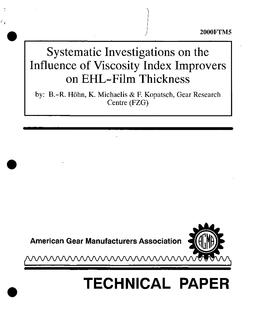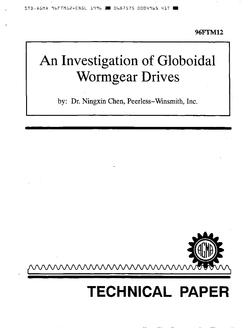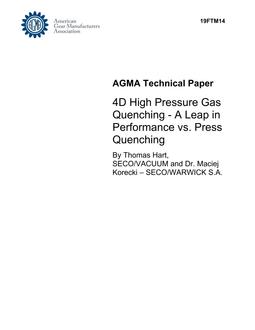-
-
Available Formats
- Availability
- Priced From ( in USD )
-
Available Formats
-
- Immediate download
- $85.00
- Add to Cart
-
- Printed Edition
- Ships in 1-2 business days
- $85.00
- Add to Cart
Customers Who Bought This Also Bought
-

AGMA 00FTM COMPLETE SET
Priced From $350.00 -

AGMA 96FTM12
Priced From $47.00 -

AGMA 19FTM14
Priced From $85.00
About This Item
Full Description
The benefits of gears with asymmetric tooth profiles for unidirectional torque transmission are well known. The design objective of asymmetric tooth gears is to improve performance of the primary drive flank profiles at the expense of the opposite coast profiles’ performance. The coast flanks are unloaded or lightly loaded during a relatively short work period. Asymmetric tooth profiles make it possible to simultaneously increase the contact ratio and operating pressure angle of drive tooth flanks beyond those limits achievable with conventional symmetric tooth gears. The main advantage of asymmetric tooth gears is drive flank contact stress reduction, which allows one to considerably amplify power transmission density, increase load capacity, and reduce size and weight. However, asymmetric tooth gears and their rating are not described by existing gear design standards.
This paper presents a rating approach for asymmetric tooth gears by their bending and contact stress levels in comparison with symmetric tooth gears, whose rating is defined by standards. This approach applies finite element analysis (FEA) for bending stress definition and the Hertz equation for contact stress definition. It defines equivalency factors for practical asymmetric tooth gear design and rating.
The paper illustrates the rating of asymmetric tooth gears with numerical examples.




